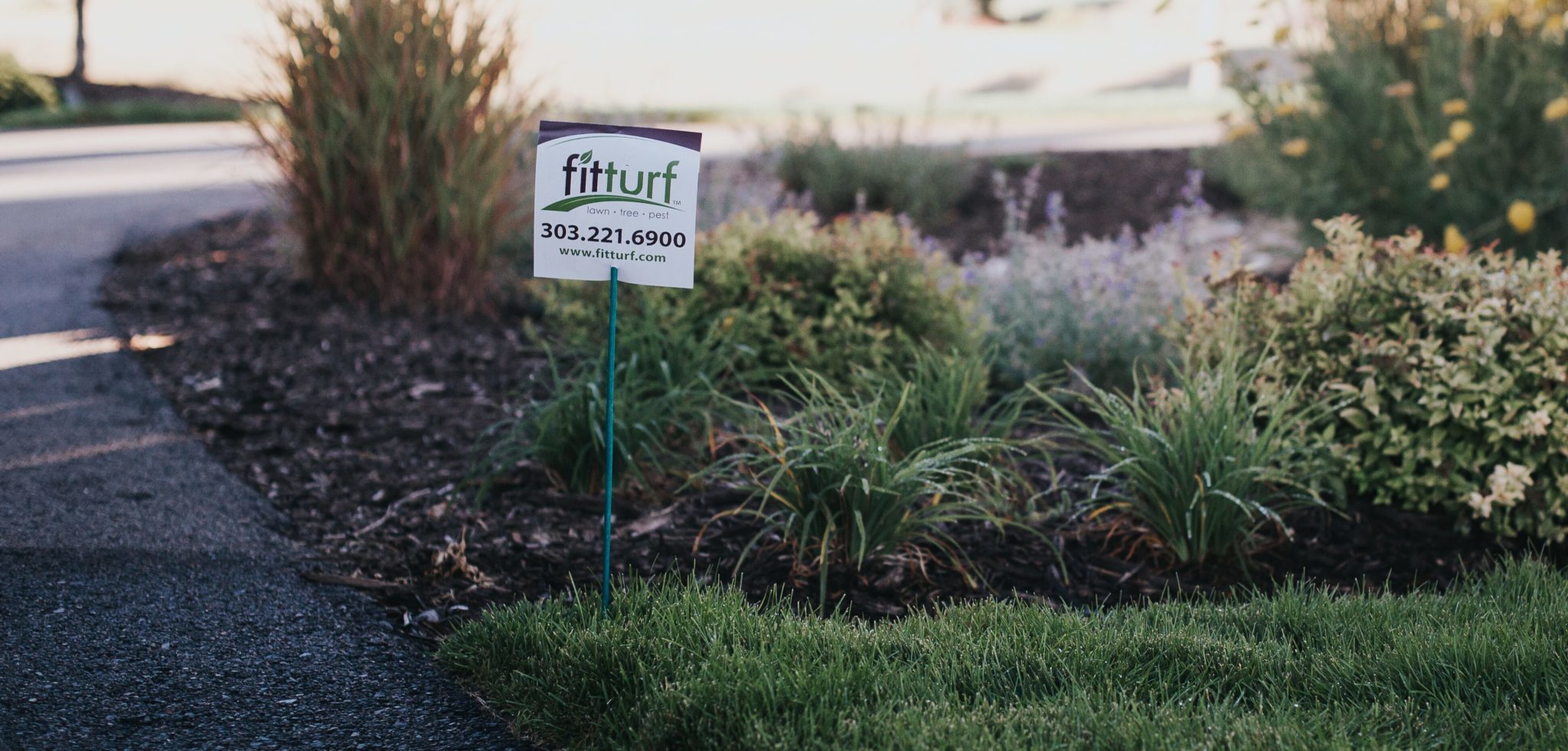How to Protect Your Spring Plants From Frost
Nothing puts a damper on a gardener’s day like a delayed frost in the spring. You might have your garden abundant with beautiful flowers and plants, ready to bloom, only to find them wilted and worn come morning time when it’s frosty out.
Frost tends to come over the course of the night when it’s extra cold. The wind moves the cold air downward, increasing the frost at low elevations.
Keeping tabs on the weather can help you catch the frosty mishaps, but there are also a few additional steps you can take, such as adding a frost cover for plants.

How to Protect Your Spring Plants From Frost
If you don’t want your spring plants at risk during the frost, consider getting a frost cover for plants. This can ward off the cold temperatures and keep your plants warm and toasty. However, keep in mind that not every plant needs protection from the frigid air.
Not All Plants Need to Be Protected From Frost
According to HGTV, you don’t have to put up defenses for your whole garden. In fact, the following plants are meant to stand up against cold, wintery conditions:
- Cabbage
- Kale
- Collard greens
- Swiss chard
- Coneflower
- Lily-of-the-valley
- Pansies
- Hosta
- Siberian cypress
- Fastigiata spruce
- Siberian iris
- Candy stripe phlox
- Cyclamen
- Peony
- Sedum
- American mountain ash
- Coral bells
- Viola
- Primrose
- Purrsian blue catmint
- Baptisia
Use a Frost Cover for Plants
If you want to keep your vulnerable plants safe from the cold, frost covers can be a gamechanger. They keep the heat inside the cover so that your plants are not exposed to the cold outside temperatures.
Frost covers come in multiple types of materials. In general, you’ll find them in plastic or a fabric material, with varying weights based on their purpose. For instance, some frost covers are thinner to keep gardens safe, whereas other commercial frost covers are thicker to safeguard large crops.
Fabric is helpful since it lets moisture out of the cover overnight during a cold spell. Fabric frost covers also deny the chilly air entry into the cover, which keeps your plants safe.
Remember: If you choose to use plastic covers, it’s important to keep the plastic from coming into contact with the plants because plastic can trap condensation around the plant. Anytime you cover your plants with plastic, be sure to have stakes around the plants so that there’s enough distance between them and the plastic to prevent problems.
Different Types of Frost Covers
Frost covers come in multiple variations. You can opt for frost blankets, which keep the heat in at an affordable cost. They’re simple to use and easy to take on and off at your leisure, which is important because once the frost is over, the frost cover should be removed right away. That’s so that the plants can enjoy some much-needed sunshine and continue to grow.
Frost blankets are made from a polypropylene material and can be purchased in heavy and light variations to suit your needs. You may find that a lighter blanket is helpful at the beginning of spring in case a frost shows up out of the blue. Not only can these covers protect plants from frost, but they can also protect plants from pests.
In addition to frost blankets, you can use DIY frost covers for plants and everyday items, such as blankets, sheets, or pillowcases to cover your plants. (Some people even use newspapers!) These are all things that can be found throughout the average home, making them easily accessible for a last-minute frost.
Another good plant covering is a tarp (think: those blue and gray coverings that your dad used to put over the tent during your summer camping trips to stop the rain from getting inside). Will a tarp really protect plants from frost? Yes, indeed! However, remember that tarps should be looked at as short-term solutions to help your plants hold up against the cold weather. They are best used with another type of frost cover made out of fabric, rather than used alone, for the best results.
Keep Your Garden Safe With New Frost Covers Today
Frost covers for plants work wonders when it gets a little too cold out. Protect your plants with high-quality commercial frost covers, or choose a blanket or other item from your own home to keep your hard work safe this spring.
In addition to getting frost covers for the plants in your garden, consider hiring a lawn care service, such as the experts at Fit Turf here in North and South Denver, to help your garden stay in great shape. We cater to gardens both large and small by ensuring a beautiful landscape that provides a foundation for your plants to grow.Interested in learning more about our services? Fit Turf would love to answer your questions and see what we can do to help. Contact us now to learn more about the best lawn care services in Colorado.

